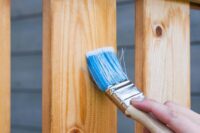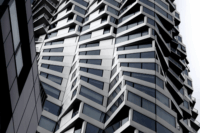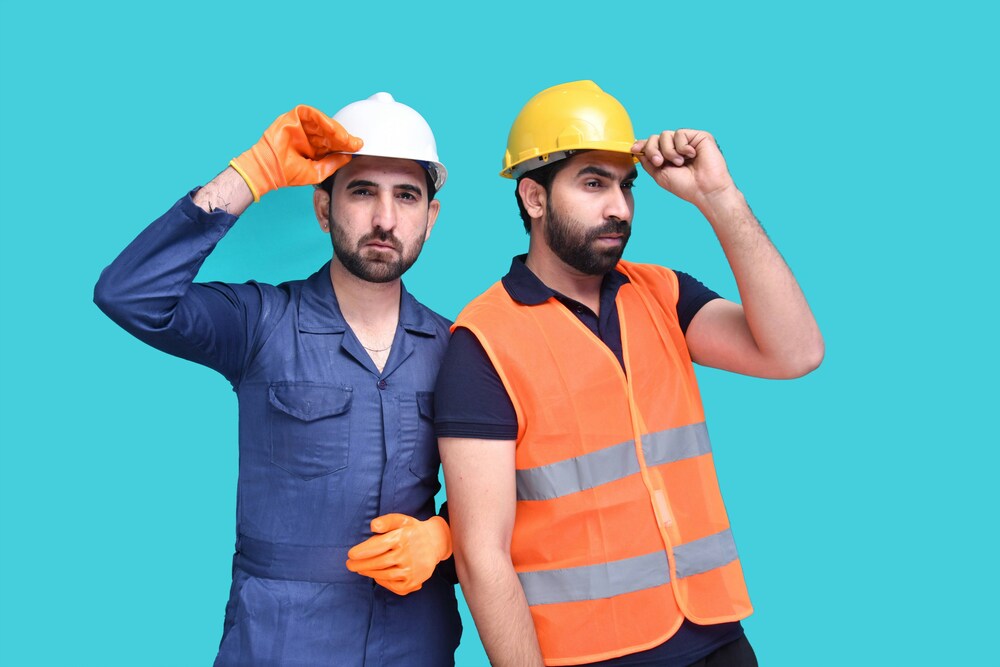- Home
- Articles
- Architectural Portfolio
- Architectral Presentation
- Inspirational Stories
- Architecture News
- Visualization
- BIM Industry
- Facade Design
- Parametric Design
- Career
- Landscape Architecture
- Construction
- Artificial Intelligence
- Sketching
- Design Softwares
- Diagrams
- Writing
- Architectural Tips
- Sustainability
- Courses
- Concept
- Technology
- History & Heritage
- Future of Architecture
- Guides & How-To
- Art & Culture
- Projects
- Interior Design
- Competitions
- Jobs
- Store
- Tools
- More
- Home
- Articles
- Architectural Portfolio
- Architectral Presentation
- Inspirational Stories
- Architecture News
- Visualization
- BIM Industry
- Facade Design
- Parametric Design
- Career
- Landscape Architecture
- Construction
- Artificial Intelligence
- Sketching
- Design Softwares
- Diagrams
- Writing
- Architectural Tips
- Sustainability
- Courses
- Concept
- Technology
- History & Heritage
- Future of Architecture
- Guides & How-To
- Art & Culture
- Projects
- Interior Design
- Competitions
- Jobs
- Store
- Tools
- More
Common Mistakes People Make When Building a House and How to Avoid Them

Building a house is an exciting and rewarding experience, but it also comes with a set of challenges that can lead to costly mistakes. Many homeowners, especially first-time builders, underestimate the complexity of the process, leading to financial overruns, design flaws, and unexpected delays. From inadequate planning to cutting corners on materials, these mistakes can turn what should be a dream home into a frustrating and expensive ordeal.
Avoiding these common pitfalls requires careful planning, working with experienced professionals, and understanding the critical steps involved in home construction. By being aware of the most frequent mistakes and how to prevent them, homeowners can ensure a smoother building process and a final product that meets their expectations.
Table of Contents
ToggleChoosing the Wrong Builder
Selecting the right builder is one of the most crucial decisions in the home construction process. Many homeowners make the mistake of choosing a contractor based solely on price, without considering reputation, experience, or quality of work. A low-cost builder may cut corners, use subpar materials, or fail to meet deadlines, leading to frustration and expensive repairs. The professionals at Timber Haus note that builders with a strong track record of successful projects, clear communication, and transparent pricing are essential for a stress-free building experience. Researching potential builders, checking references, and reviewing past projects can help ensure that the chosen contractor aligns with the homeowner’s vision and budget.

Working with an experienced builder also helps navigate unexpected challenges, ensuring that any problems are addressed efficiently. Clear contracts and detailed timelines should be established before construction begins to minimize disputes and misunderstandings.
Failing to Plan for Future Needs
One of the most common mistakes homeowners make when building a house is designing for their current needs without considering the future. Many people plan for the space they need now but fail to account for family growth, lifestyle changes, or evolving home technology.
For example, a young couple building their first home may opt for a small two-bedroom layout, only to find themselves needing additional space when they start a family. Similarly, overlooking home office space, energy-efficient features, or accessibility options can lead to costly renovations down the road.
To avoid this mistake, it’s important to think long-term. Consider how your needs might change over the next ten to twenty years and incorporate flexible design elements. Features like open floor plans, expandable rooms, and multi-functional spaces can help accommodate future changes without requiring major modifications.
Ignoring the Importance of a Realistic Budget
Budgeting errors are a major source of stress for homeowners during construction. Many people underestimate the true cost of building a house, focusing only on base construction costs without accounting for additional expenses like permits, landscaping, and interior finishes. Unexpected costs can arise due to design changes, material price fluctuations, or unforeseen site issues.
To avoid financial surprises, homeowners should set a realistic budget with a contingency fund of at least 10-15% for unexpected expenses. It’s also essential to get detailed estimates from builders and suppliers, ensuring that all costs are clearly outlined before work begins. Prioritizing must-have features while leaving room for optional upgrades can help keep spending under control without compromising on essential elements. Companies like Ownit Homes emphasise the importance of transparent pricing and careful planning to help homeowners stay on track.
Overlooking Energy Efficiency and Sustainability
Many homeowners focus solely on aesthetics and functionality when building a house, neglecting energy efficiency and sustainability. Poor insulation, inefficient HVAC systems, and inadequate natural lighting can result in high utility bills and long-term discomfort.
Investing in energy-efficient features during construction can lead to significant cost savings over time. Proper insulation, high-performance windows, and solar panels can improve a home’s efficiency while reducing environmental impact. Positioning the home to maximize natural light and ventilation can also enhance comfort and lower energy consumption.
Consulting with experts in sustainable building practices ensures that energy-saving strategies are incorporated from the start. While some upgrades may have higher upfront costs, they pay off in the long run through lower operating expenses and increased home value.

Rushing Through the Design Phase
Excitement to begin construction often leads homeowners to rush through the design phase, making decisions without fully considering functionality and flow. A poorly designed home can result in awkward layouts, wasted space, and inconvenience in daily living.
We found that the team at Vitale Homes, a custom home builder in Tampa, expands on this well when explaining their use of a design studio in their custom home-building process. They state that “For new homes, personalization is a key selling point.”, really highlighting the fact that the ability to design a new home to exact specifications is one of the primary reasons why shoppers elect to build a new home, and rushing that process defeats the entire purpose.
The Vitale team goes on to say “Unlike purchasing a resale home, where modifications can be limited or costly, building a new home allows for customization at almost every stage”. This only drives home the fact that any customizations passed over in the design phase for the sake of saving time will undoubtedly cost far more to implement down the road once construction is complete.
Skipping detailed planning can also lead to last-minute changes during construction, which often result in delays and added expenses. Features like storage space, traffic flow, and accessibility should be carefully considered before finalizing the design.
Neglecting Proper Site Preparation
The quality of a home starts with the land it is built on. Many homeowners fail to properly assess and prepare their building site, leading to foundation issues, drainage problems, and structural concerns down the line.
Before construction begins, a thorough site evaluation should be conducted to assess soil conditions, slope, and drainage. Ignoring these factors can result in costly repairs, such as foundation cracks or water damage. If necessary, investing in proper grading, soil stabilization, or drainage solutions ensures a stable foundation for the home.
Building a house is a major investment, and avoiding common mistakes can save time, money, and frustration. Thorough planning, careful budgeting, and working with experienced professionals ensure a smooth construction process and a home that meets long-term needs. By prioritizing energy efficiency, thoughtful design, and quality craftsmanship, homeowners can create a space that provides comfort, functionality, and value for years to come.
illustrarch is your daily dose of architecture. Leading community designed for all lovers of illustration and #drawing.
Submit your architectural projects
Follow these steps for submission your project. Submission FormLatest Posts
Top 8 Luxury Vacation Rentals Features Guests Love Most
A luxury vacation rental offers an entirely different experience than a typical...
Why Local Expertise Matters: Choosing the Right Plumbers in Townsville
Why Local Expertise Matters: Choosing the Right Plumbers in Townsville When it...
Bathroom Remodel ROI: How to Add $15–30K to Your Home Value in 2025-2026
Outdated bathrooms can drag a listing 20-30% longer on the market. Buyers...
The Key Factors to Review When Comparing Fiber Providers in Minneapolis
Looking for a fiber provider in Minneapolis can feel surprisingly overwhelming. The...












Leave a comment